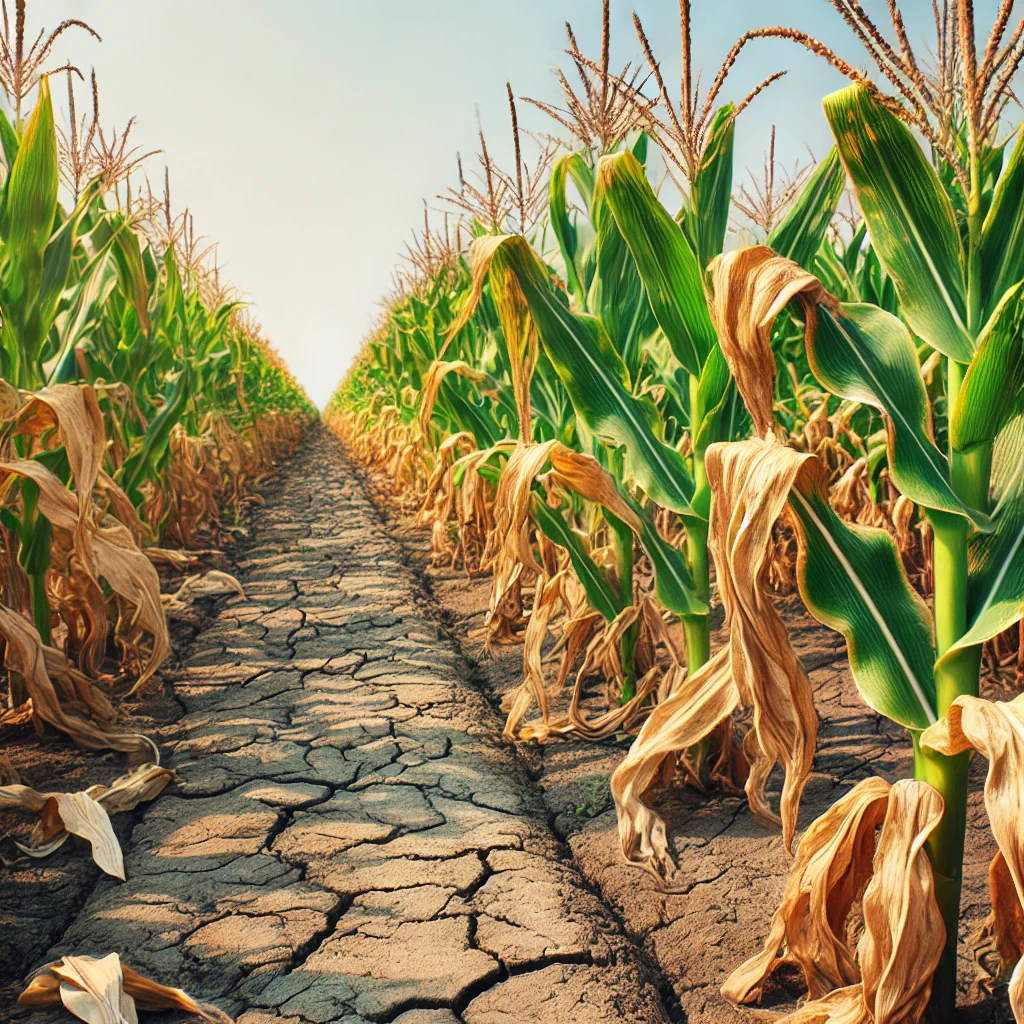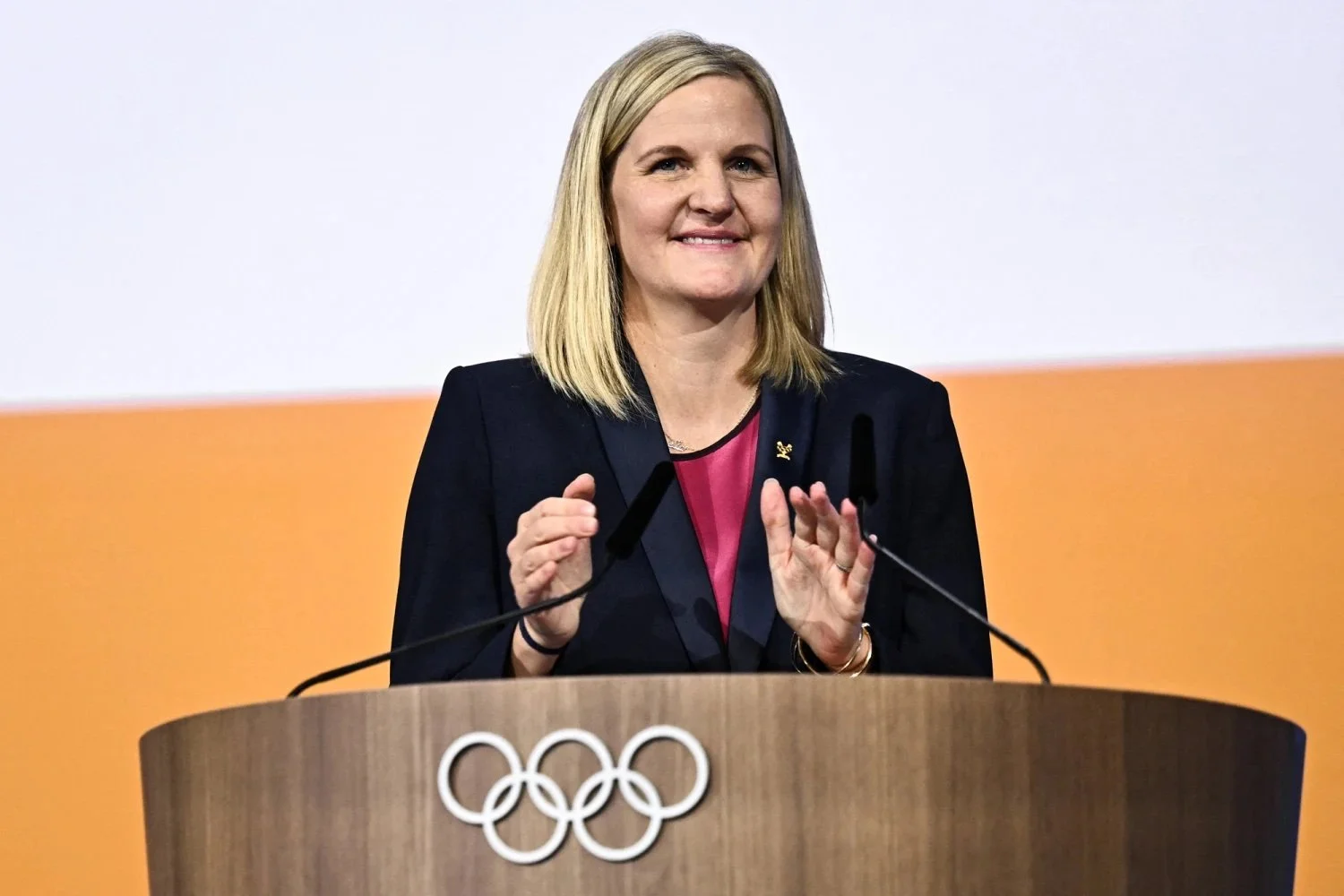The UV Index In Accra Is At Scary Levels. Here’s What You Need To Know & How To Protect Yourself & Your Family.
Temperature levels in Accra are rising 🥵 and this week is being predicted to see an increase in levels in ultraviolet radition (UV) levels. According to Tutiempo.net a weather data website, this week’s UV levels will range from high to extreme. See below of the summary forecasted for this week.
Why should you be concerned about UV levels?
Good question. Prolonged exposure to ultraviolet radiation can have serious health and environmental consequences on you. High UV levels increases your risk of skin cancer, premature aging, and eye damage, including cataracts (think about the impact on your grandparents). If you work outdoors, your exposure to UV weakens your immune system, making your body less effecting at fighting infections like COVID-19 which is still prevalent in Ghana.
The environment also suffers, as higher UV radiation can reduce crop yields and harm marine life by affecting phytoplankton, which is essential for aquatic ecosystems. As food costs are still on the rise, we should be concerned about the impact UV levels will be affecting farmers crop yields which already suffers from lack of rain in previous years.
What’s the cause of high UV levels in Accra?
Deforestation of trees in urban spaces over the years.
Tree cover in Accra has woefully depleted over the years which is causing the increase in temperatures in the city. More individuals are cutting down trees in their homes and tiling or using pavement blocks which is rather radiating heat into homes and offices. The natural ventilation created by trees like the evergreen Blɔfo Nkatiɛ tree has been lost, the Neem trees are not being seen in schools or residences because people complain of having to sweep up the fallen leaves. Basically we are getting lazy in protecting the environment.
Air Pollution from second-hand vehicles and factory operations release nitrous oxide and sulphuric compounds into the ozone layer which indirectly goes to deplete it and indirectly increase UV levels.
Geographical Location – Did you know that our country’s position near the equator means it already experiences high natural UV exposure year-round? With the sun directly overhead for much of the year, any increase in global UV levels affects us more significantly than regions farther from the equator.
Climate Change – Rising global temperatures and changes in atmospheric conditions can influence UV levels. Warmer temperatures can alter cloud cover and weather patterns, sometimes leading to clearer skies, which allow more UV rays to pass through. And here we are damaging forests and rivers meant for our livelihood and survival on this planet. Galamsey is a key cause of why we are hot here in the city.
How Can UV Levels Be Reduced In Ghana?
Reducing UV levels in Ghana requires a combination of environmental protection, lifestyle changes by Ghanaians, and policy enforcement from the Green Transistion Team and the Environmental Protection Authority. One of the most effective long-term strategies is increasing tree cover through reforestation and urban greening projects, as trees provide natural shade and help filter UV radiation. Laws should be passed whereby any tree to be cut would need a permit provided by the EPA. Honestly at this point, noone should be allowed to cut any tree in the city.
We need to actively work at reducing air pollution, particularly from vehicle emissions and industrial activities. Servicing your car frequently can reduce dangerous emissions. The EPA should consistently inspect factories to ensure they aren’t surpassing emission levels.
On a policy level, stricter regulations should be made on ozone-depleting substances, such as banning harmful refrigerants and promoting eco-friendly alternatives, can help protect the atmosphere. Public awareness campaigns on social media and traditional media should be made regarding sun safety, encouraging the use of umbrellas, wide-brimmed hats, and sunscreen, especially for outdoor workers, young children and the elderly as this can also reduce individual exposure. Lastly, promoting sustainable construction designs, such as UV-protective roofing materials and shaded public spaces, can further minimize direct UV exposure in daily life.
How To Protect Yourself & Your Family.
To protect against these risks, you should prioritize wearing sunscreen for yourself and your children (Sunscreens with SPF 30 or higher) light protective clothing, hats, umbrellas, sunglasses, and seek shade during peak sun hours. It’s actually bewildering how for such a sunny country, wearing of hats isn’t a cultural identity. The exposure to the sun’s rays are negatively impacting our health and it’s time we protect ourselves and our environment.















